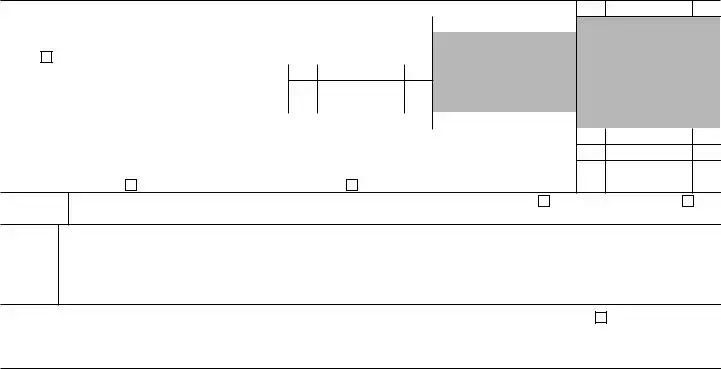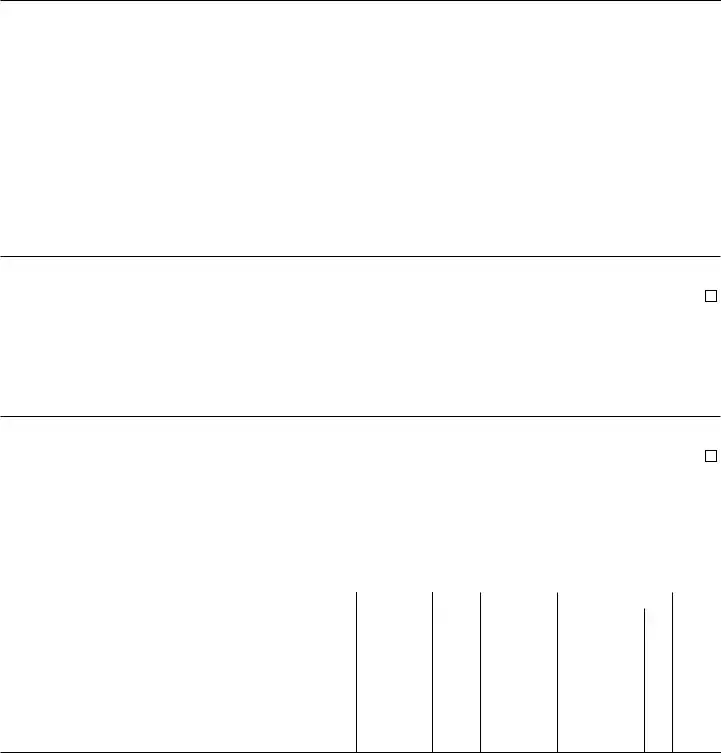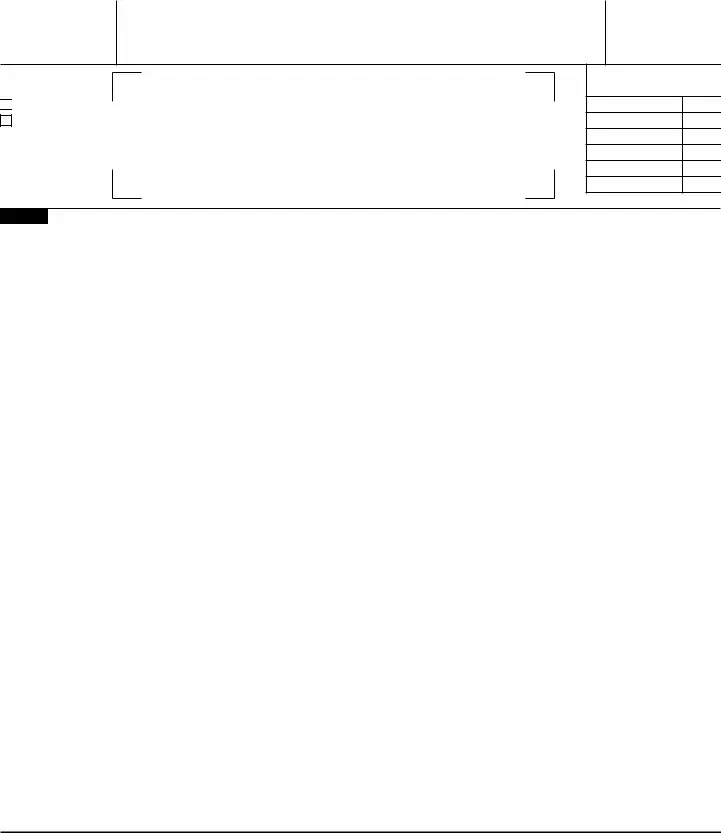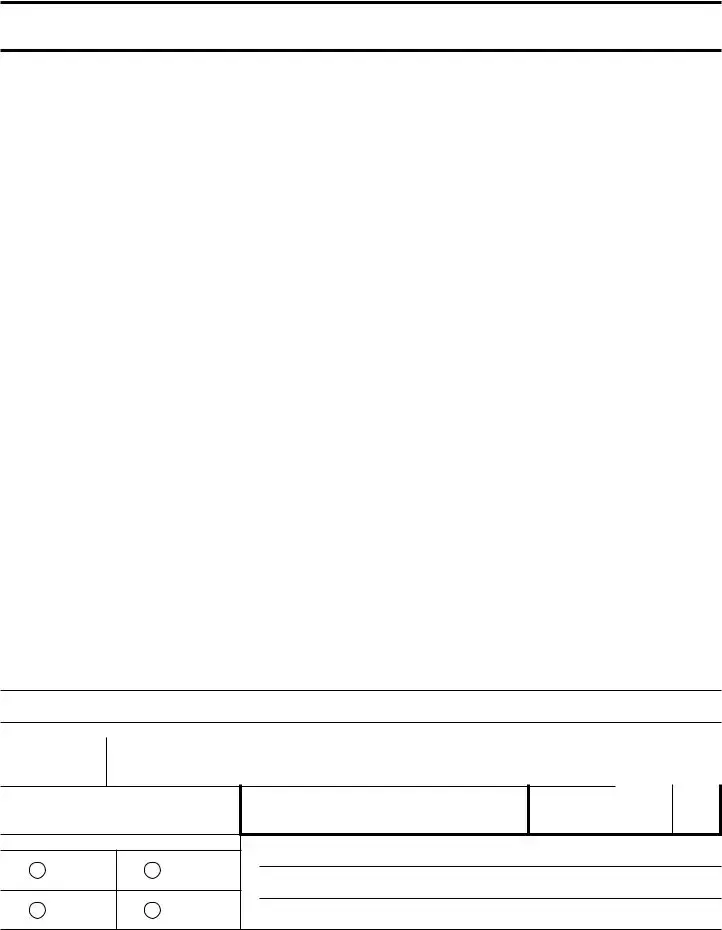The IRS 720 form, known as the Quarterly Federal Excise Tax Return, is a tool used by businesses to report and pay federal excise taxes on specific goods, services, and activities. Documents similar to the IRS 720 form share the commonality of tax filing, payment reporting, or government-regulated financial obligations. One such document is the IRS 940 form, which is used by employers to report their annual Federal Unemployment Tax Act (FUTA) taxes. Similar to the IRS 720, the 940 form helps manage and fund unemployment benefits at the federal level, requiring periodic attention from the filer to remain in compliance.
The IRS 941 form serves a related, although distinct, purpose from the IRS 720. Employers use the 941 form to report income taxes, Social Security tax, or Medicare tax withheld from employees’ paychecks. Additionally, this form accounts for the employer's portion of Social Security or Medicare tax. Like the 720, it plays a critical role in compliance and financial reporting for businesses, underscoring the government's role in overseeing employment and income-related matters.
Another document with similarities to the IRS 720 is the IRS 944 form. This is designed for small employers whose annual liability for Social Security, Medicare, and withheld federal income taxes is $1,000 or less. The form simplifies reporting by allowing these small businesses to report taxes annually instead of quarterly, similar to how the 720 form streamlines excise tax reporting on a quarterly basis.
The Schedule B (Form 941), Report of Tax Liability for Semiweekly Schedule Depositors, is closely tied to the 941 form and by extension shares similarities with the 720. It's used by businesses that accumulate a tax liability exceeding a specific threshold and must make deposits on a semi-weekly basis. Although it deals with payroll taxes rather than excise taxes, it reflects the methodical, periodic reporting structure aimed at more frequent filers, similar to the quarterly reporting seen with the IRS 720 form.
The Alcohol and Tobacco Tax and Trade Bureau (TTB) forms also bear resemblance to the IRS 720, particularly for businesses involved in the production, distribution, and sale of alcohol and tobacco products. These forms are essential for complying with federal regulations on these products, similar to how the 720 form addresses federal excise taxes on a range of goods and services, including fuel, air transportation, and health-related services.
The IRS W-2 form, which employers use to report wages, tips, and other compensation paid to employees, as well as withheld taxes, also shares a functional similarity to the IRS 720. Although the W-2 is more directly related to employee income and tax withholding, both forms are integral to tax reporting and compliance, reinforcing the connection between business operations and government regulation.
The IRS 1099 forms, which document various types of income from sources other than wages, salaries, and tips, align with the IRS 720 in their role in tax reporting. Certain types of 1099 forms might be used by businesses to report payments that could also be subject to excise taxes, demonstrating how both forms contribute to a comprehensive fiscal reporting and compliance structure.
The Heavy Highway Vehicle Use Tax Return, or IRS 2290 form, is utilized by businesses operating heavy vehicles on public highways. Similar to the IRS 720, this form addresses a specific segment of business activity that is regulated and taxed by the federal government, emphasizing the breadth of operational tax reporting necessary for legal compliance and financial accountability.
The IRS 1040 form, which is used by individuals to file their annual income taxes, indirectly relates to the data captured in IRS 720 when businesses pass along tax liabilities to consumers in the price of goods and services. Although primarily for individual taxpayers, the interplay between consumer cost and business tax obligations underlines the importance of understanding how different forms of taxation influence the economy and compliance landscape.
Lastly, the IRS 8300 form, used for reporting cash payments over $10,000 received in a trade or business, intersects with the IRS 720's emphasis on reporting and compliance. While the 8300 form targets anti-money laundering efforts and the tracking of significant cash transactions, like the 720, it highlights the role of businesses in maintaining financial integrity and adhering to federal tax laws and regulations.
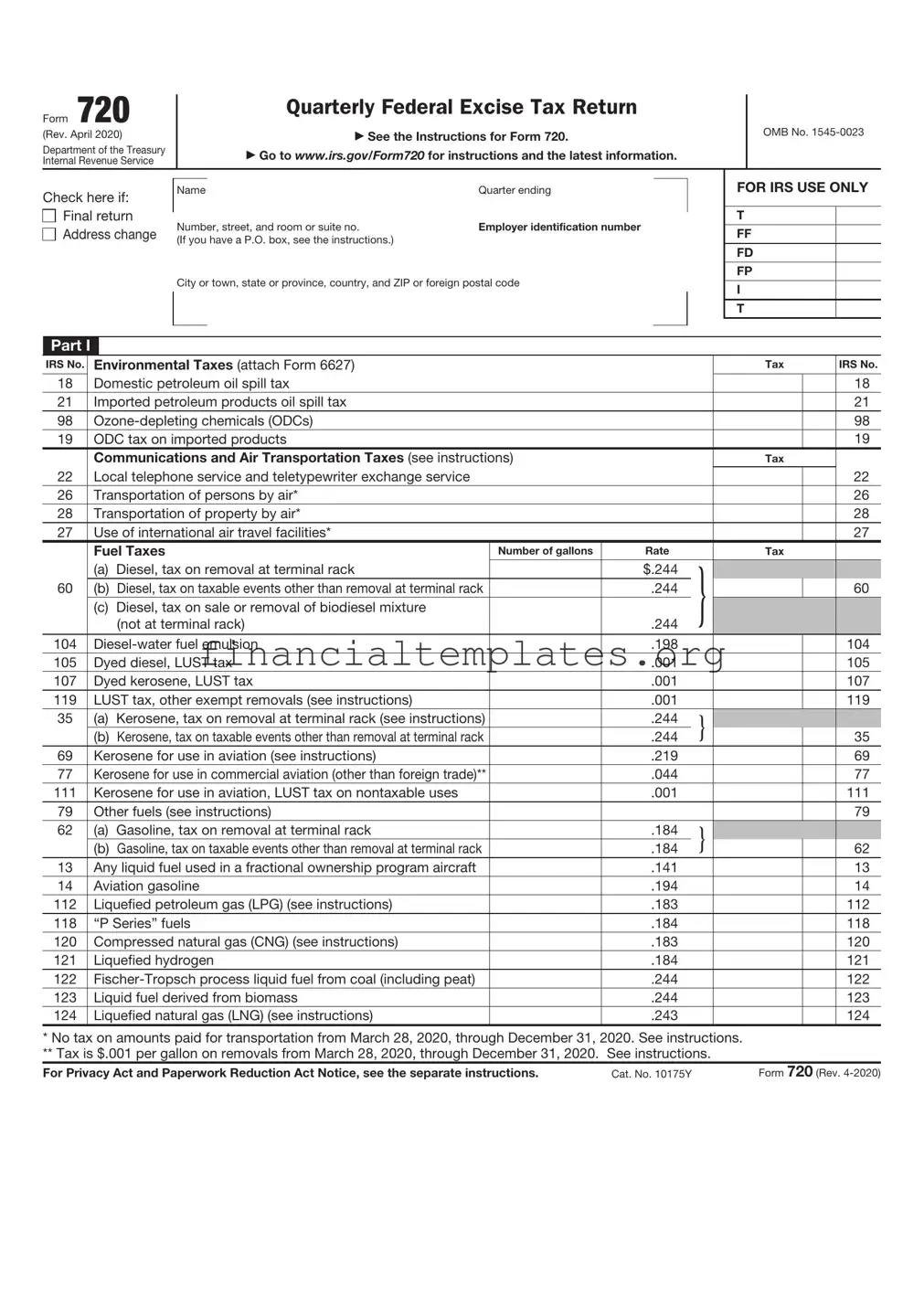
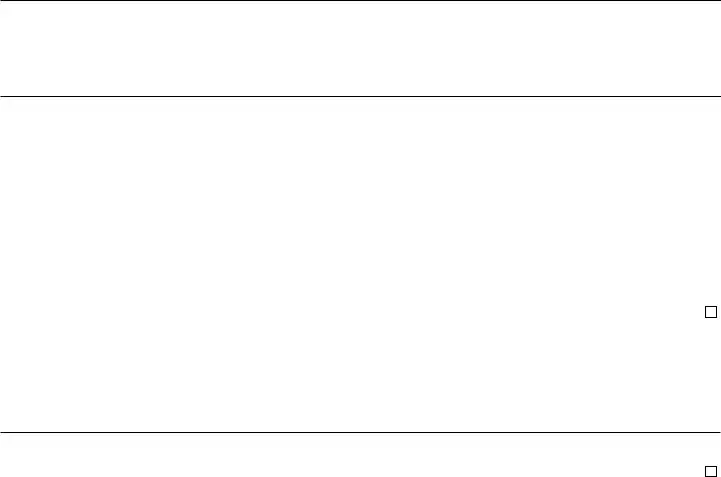
 Final return
Final return
 Address change
Address change
